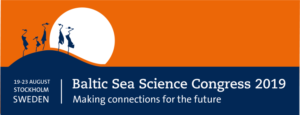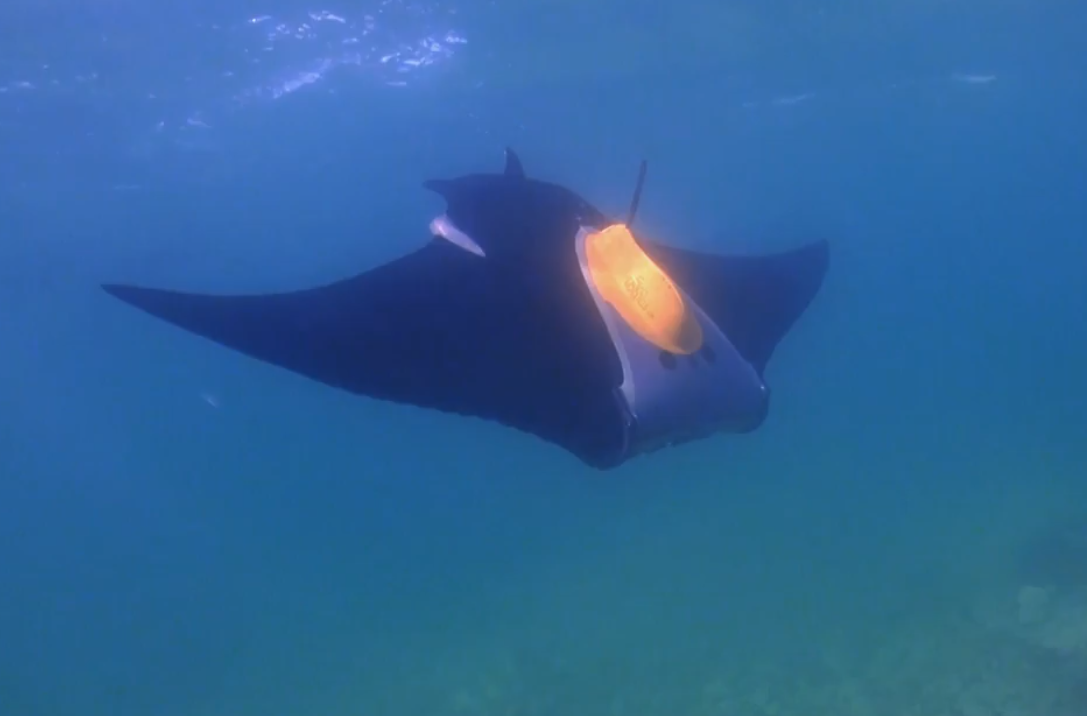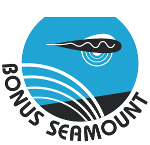
Submarine groundwater discharge (SGD) may bring significant amounts of nutrients and other contaminants to coastal waters of the Baltic Sea, locally affecting the ecological status and biodiversity of these. At the Baltic Sea Science Congress 2019 in Stockholm, researchers from the BONUS SEAMOUNT project present their results Thursday 22nd of August.
Three different locations influencing the Baltic Sea, the Horsens Fjord estuary in Denmark, the Hanko Peninsula in southern Finland and the Eckernförde Bay in Germany, are in focus.
Studies of land and sea interaction
An important outcome of this research is a better understanding of the land-sea interactions the development of a new geological and hydrological model describing the relation between land and sea, including the discharge of groundwater into the marine environment. In addition to the SGD studies at the three sites, conducted in collaboration between the Christian Albrecht University, Kiel (CAU), The Geological Survey of Finland (GTK) and the Geological Survey of Denmark and Greenland (GEUS), Klaus Hinsby from GEUS will present the development of new web services providing access to information about the interaction between land and sea at SGD sites in Europe.

Manta ray drones monitor the submarine environment
Autonomous Underwater Vehicles (AUVs), or manta ray drones, are further developed for SGD studies in the project. The drones have bionic drive systems mimicking the movement of manta rays and squids, and they are specifically tailored for locating and monitoring submarine groundwater discharge and the potential associated loadings of nutrients and other pollutants to coastal waters. This part of the Seamount project is led and presented by Rudolf Bannasch (Evologics), who coordinates the BONUS SEAMOUNT project.

The congress is the 12th Baltic Sea Science Congress, and it takes place in Stockholm 19th to 23rd of August. At the congress, the marine research community discusses research of the last ten years in the Baltic Sea region.
See full programme for the Baltic Sea Science Congress 2019
Our papers:
Klaus Hinsby, GEUS: Locating and investigating submarine groundwater discharge in the Horsens Fjord estuary, Denmark
Jonaas Virtasalo, GTK: A submarine groundwater discharge at the Hanko Peninsula, south Finland
Rudolf Banaasch, Evologics: Designing and testing Autonomous Underwater Vehicles for locating and monitoring Submarine Groundwater Discharge
Our posters:
Jan Scholten, CAU: Submarine Groundwater Discharge along the shorelines of the Eckernförde Bay, Baltic Sea
Jan F. Schröder, CAU: Deep Submarine Groundwater Discharge in the Eckernförde Bay, Western Baltic Sea
